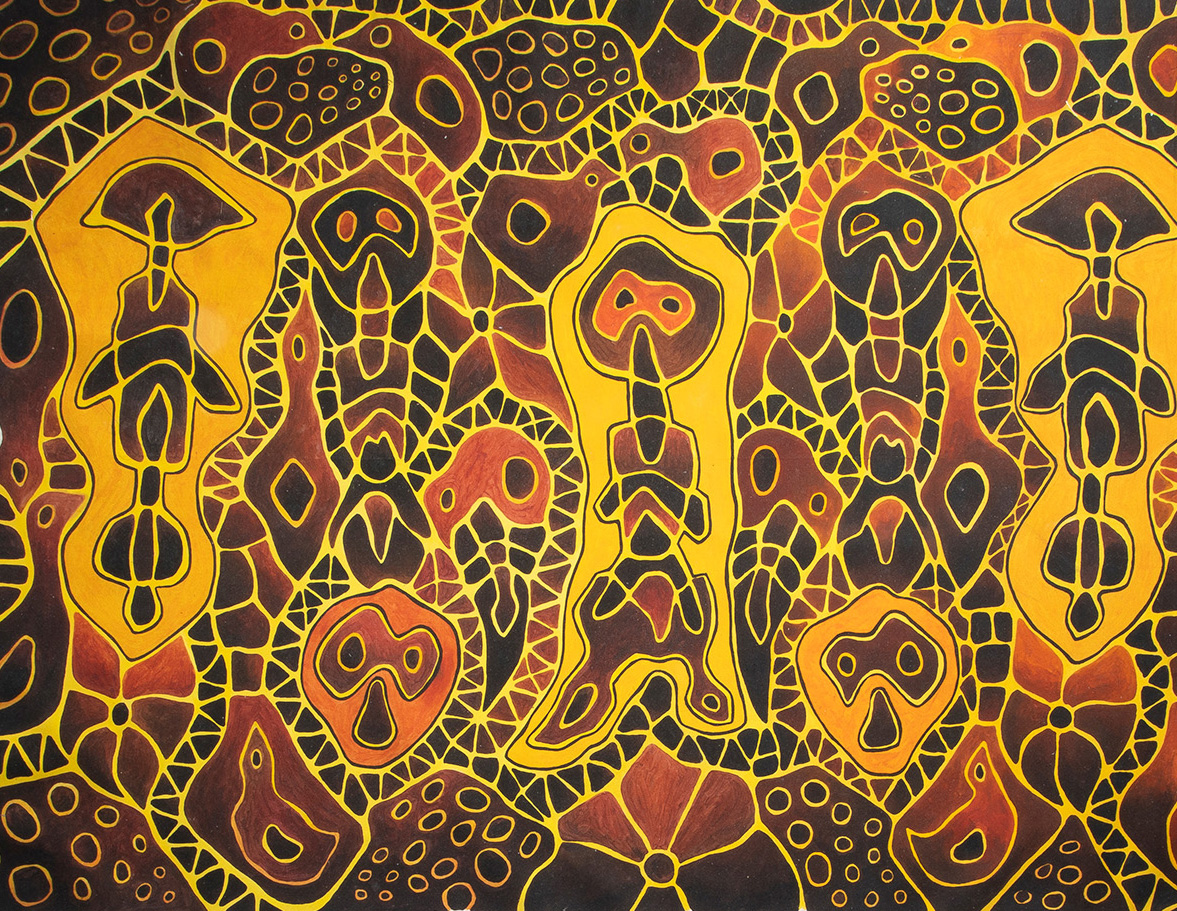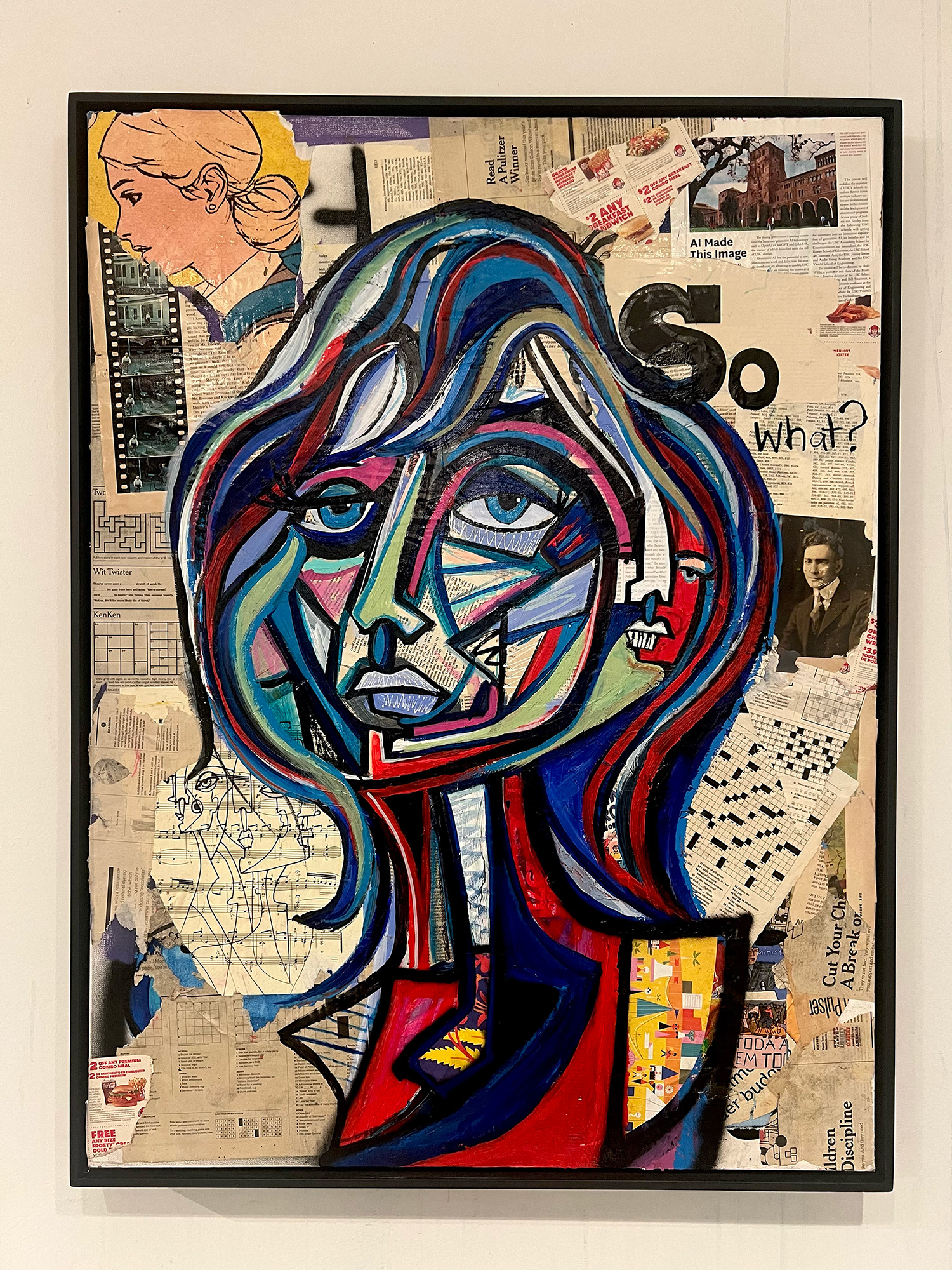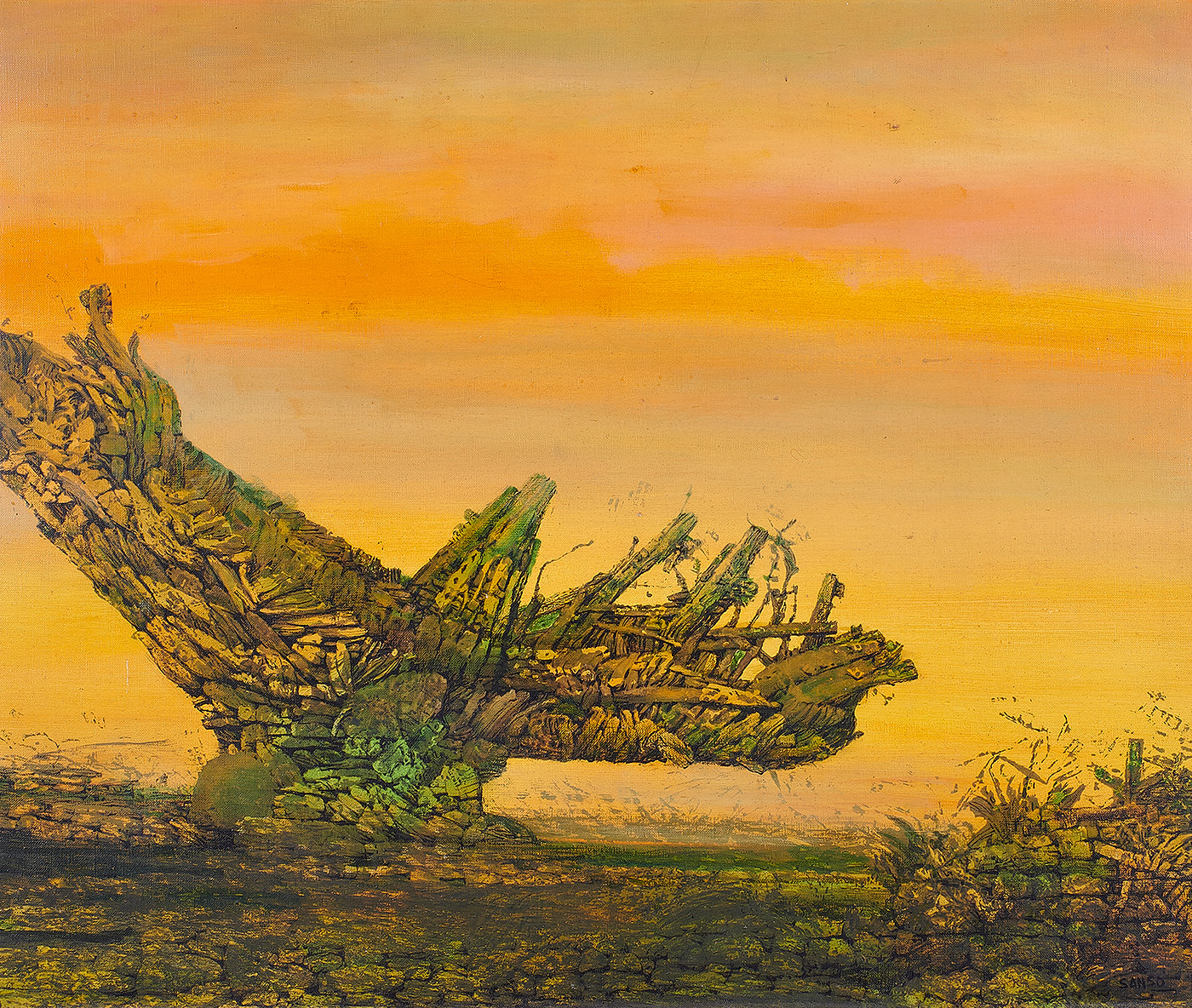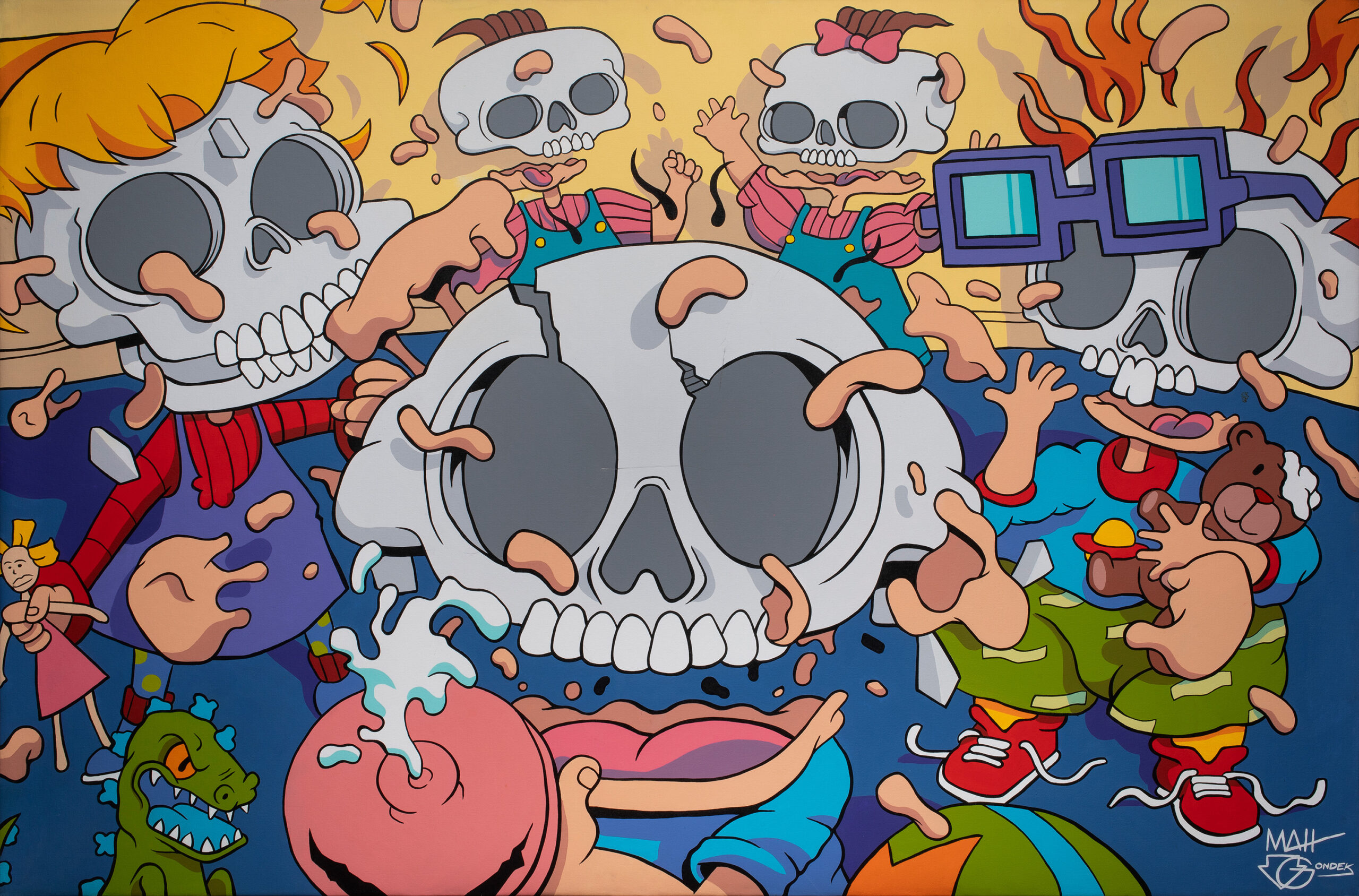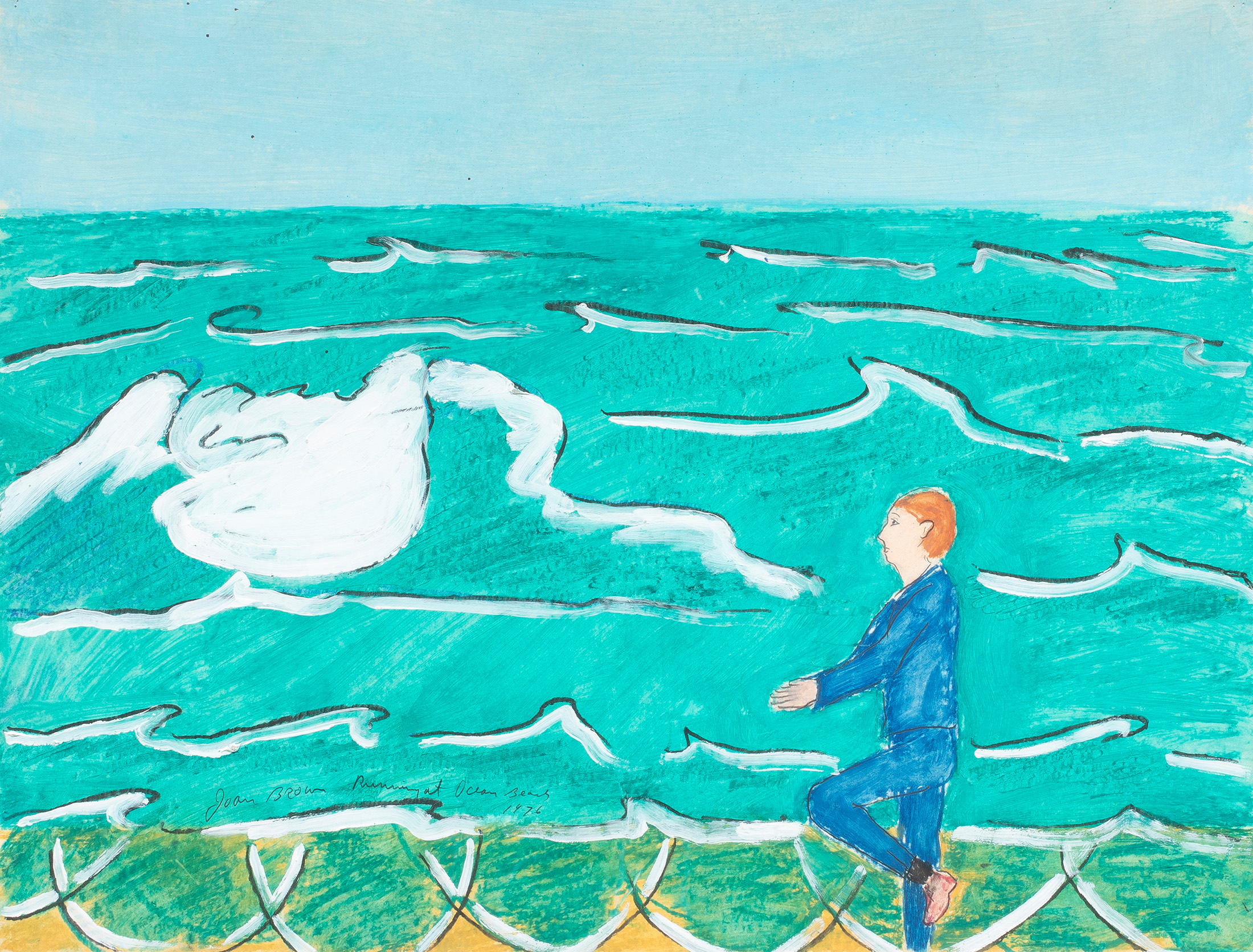This March at Clars, we are privileged and honored to present a very important work by 1991 National Artist of the Philippines, Hernando Ruiz Ocampo.
Ocampo stands as an iconic artist in the Philippines, being a leader of modernist painting in the country during the first half of the twentieth century. As a painter who ushered in an era of creative exploration in the country, Ocampo developed a singular style that expressed the Filipino experience through emotive color, form, and abstraction.

Estimate: $700,000–$1,000,000
Ocampo was born and raised in greater Manila in 1911 and studied both law and writing — becoming an accomplished poet and fiction writer before approaching the visual arts. His early painting career is marked by experimentation with modes of expression, including a series titled Luetica, for which his visceral depictions of human mortality earned him strong reactions upon exhibition.
After the devastation of World War II in the Philippines, progressive artists worked to reflect the hardships and realities of life. Ocampo and his colleagues, including fellow National Artists Vicente S. Manansala and Cesar Legaspi, inaugurated a movement of distinctly Filipino Neo-Realism, combining modernist abstraction with figurative subject matter.
Neo-Realists took their inspiration from the struggles of workers, family life, poverty, and the local landscape. Although one can detect the influence of prior and concurrent movements in Europe and the United States — including Cubism and Vorticism as well as Social Realism — the Neo-Realists’ work was categorically unique in its blend of the Filipino experience with modernist aesthetics. Out of the many talented artists in his circle, Ocampo favored the freedom that abstraction afforded him in his work; and as he gained confidence in his practice, it became more symbolic and less objective in nature.
Ocampo continued to delve further into abstraction as his career progressed. His close peer, Cesar Legaspi, was quoted speaking about Ocampo’s creative evolution, stating, “I think the impact of those paintings was needed then as the controversy between the moderns and the conservatives was going full blast and we had to have some kind of exemplar as to how far and how powerful a new kind of art could be.”
While Ocampo did create paintings that used abstraction while still forming a recognizable scene, such as the landscape Reaching for the Moon and the mother and child figures in Break of Day, his most well-known pieces are those that allow for open interpretation and push viewers to investigate their own subconscious. Here, the painter relies on formal elements to create a sensory experience. The principles of color and shape were fundamental to Ocampo’s work in the later years of his career. One can identify his personal connection to the color orange in many of his works, and he uses amorphous and organic shapes like tiles to form imposing structures — painstakingly faceted with vivid tones to achieve depth and form.
The monumental work by Ocampo in our March sale, one of only two made by the artist in this size, is titled Mga Kiti, which can be taken as a reference to either duck embryos or mosquito larvae. Dating to 1978, the scroll-like painting, done in acrylic paint on Tetoron fabric, showcases a repeating pattern of similar forms that echo human figures, the bodies of birds, lotus pods, and cellular structures. The background — painted a deep red that graduates into lighter crimson — recalls blood, with the small circles sprinkled throughout suggesting blood cells. Yellow linework traces throughout the length of the painting in a style reminiscent of batik, a medium originating in the neighboring country of Indonesia, and further separates the areas of red, black, and orange like cells dividing.
The lines and colors seem to undulate, expand, and contract — like compartments of breathing lungs. Like in much of his previous work, Ocampo utilizes color, specifically in the spectrum of orange, and creates a mosaic-like composition. Although the piece was commissioned by patron, Ginny Jacinto, the idea of regeneration may have been close to Ocampo’s own heart during its creation; the artist was in his late sixties and dealing with multiple health issues. Mga Kiti was Ocampo’s final painting before his death in December of 1978. Its themes of renewal, movement, and creation seem to be a summation of his work — the balance between figuration and abstraction, and a pure expression of life itself. Mga Kiti serves as a grand testament to Ocampo’s talents as a master of his craft both in formal composition, with his uncanny ability to evoke tactility and sensoriality, and as a translator of ideas, emotion, and the creative force from which all art originates.


